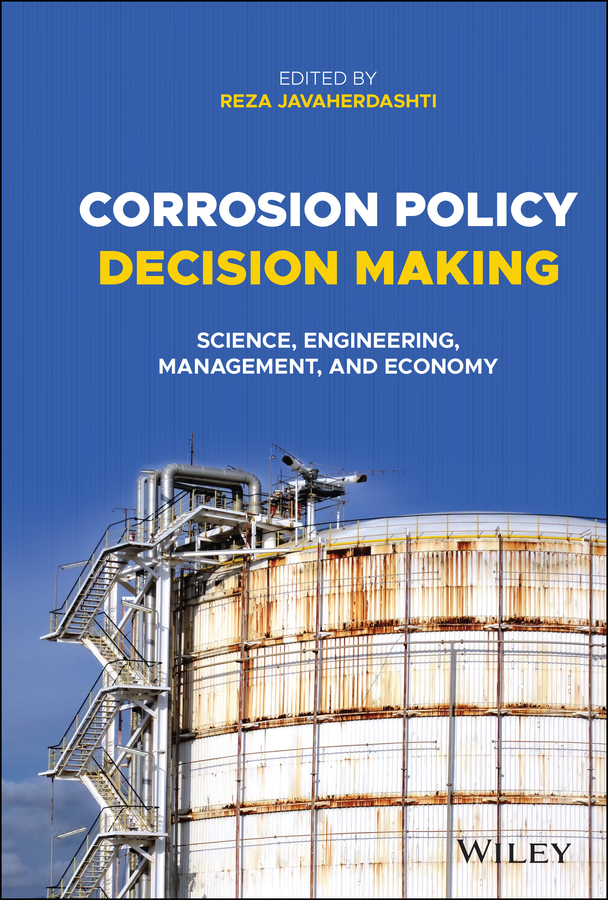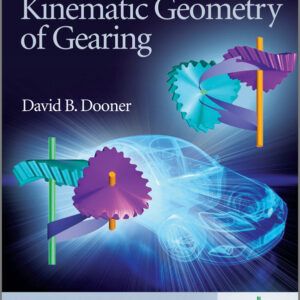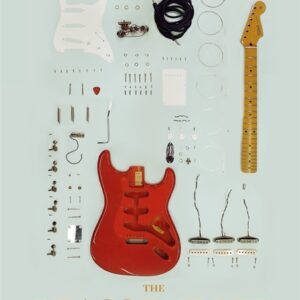<b>CORROSION POLICY DECISION MAKING</b> <p><b>Explore the science, management, economy, ecology, and engineering of corrosion management and prevention</b> <p>In <i>Corrosion Policy Decision Making</i>, distinguished consultant and corrosion expert Dr. Reza Javaherdashti delivers an insightful overview of the fundamental principles of corrosion with a strong focus on the applicability of corrosion theory to industrial practice. The authors demonstrate various aspects of smart corrosion management and persuasively make the case that there is a real difference between corrosion management and corrosion knowledge management. <p>The book contains seven chapters that each focuses on one important aspect of corrosion and corrosion management. <p>Corrosion management is an issue that is not just corrosion science or corrosion engineering but rather a combination of both elements. To cover this paradoxical aspect of corrosion management, chapter 2 deals with some basic, introductory concepts and principles of corrosion and coating/painting (an important corrosion protection method) while chapter 3 explains the elements of smart corrosion management in detail. Another important principle of smart corrosion management is to be able to study the cost of corrosion, chapter 4 introduces important points in the economics involved in a smart corrosion management. As indicated earlier, corrosion engineering is also an integral part of corrosion management and thus chapter 5 looks at the engineering side of corrosion by detailing the example of Process Additives (EMPA). Chapter 6 for the first time looks at the possibility of using TRIZ (algorithm of invention) in corrosion management. Finally, chapter 7 presents the necessary elements for building a model that would explore the mutual interaction between corrosion and environment mainly by exploring the difference between environmental impact and environmental effect. Chapter 7 is also very important because the four models so far applied to estimate the cost of corrosion (Uhlig Method, Hoar Method, I/O method and LCC method) are not capable of suggesting any clear model or a sensible way of exploring the elements necessary to explain the impact of indirect costs of corrosion the most important of which being environmental damages imposed by corrosion. <p>This book is ideal for engineers, students, and managers working or studying corrosion, <i>Corrosion Policy Decision Making</i> is also an indispensable resource for professionals in the fields of upstream and downstream, on-shore/off-shore oil and gas, transportation, mining, power generation as well as major sectors of other strategic industries.
Sale!
Corrosion Policy Decision Making
₹10,527.00
Science, Engineering, Management, and Economy
This book is currently not in stock. You are pre-ordering this book.




